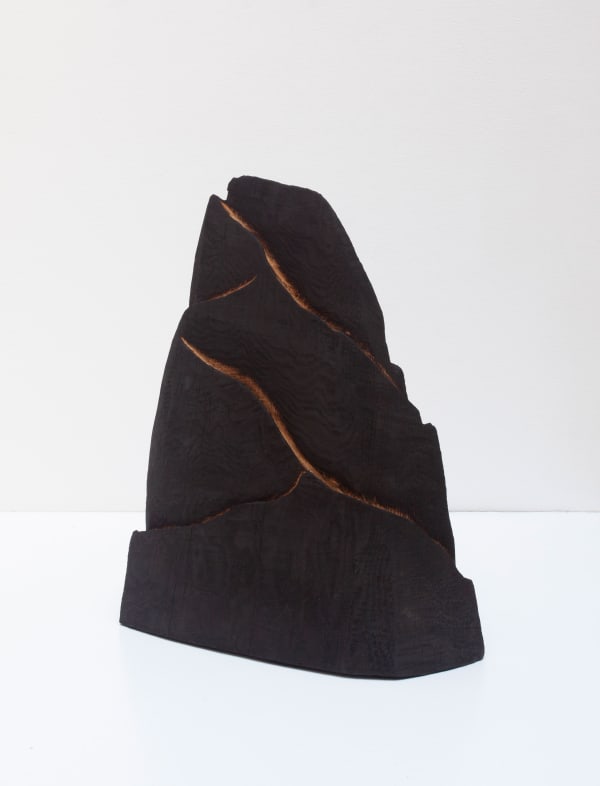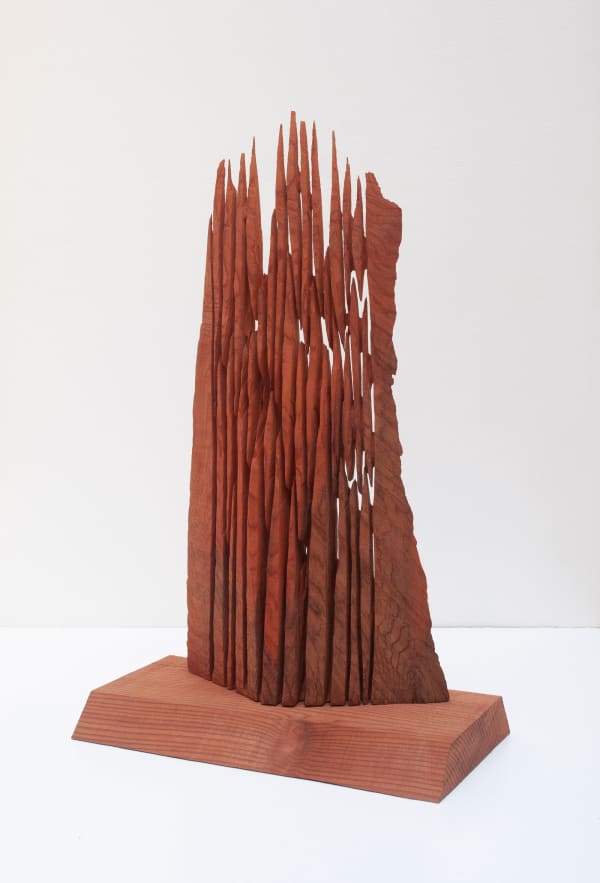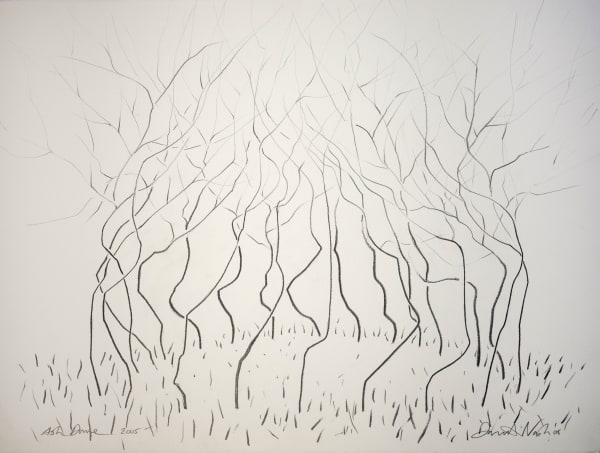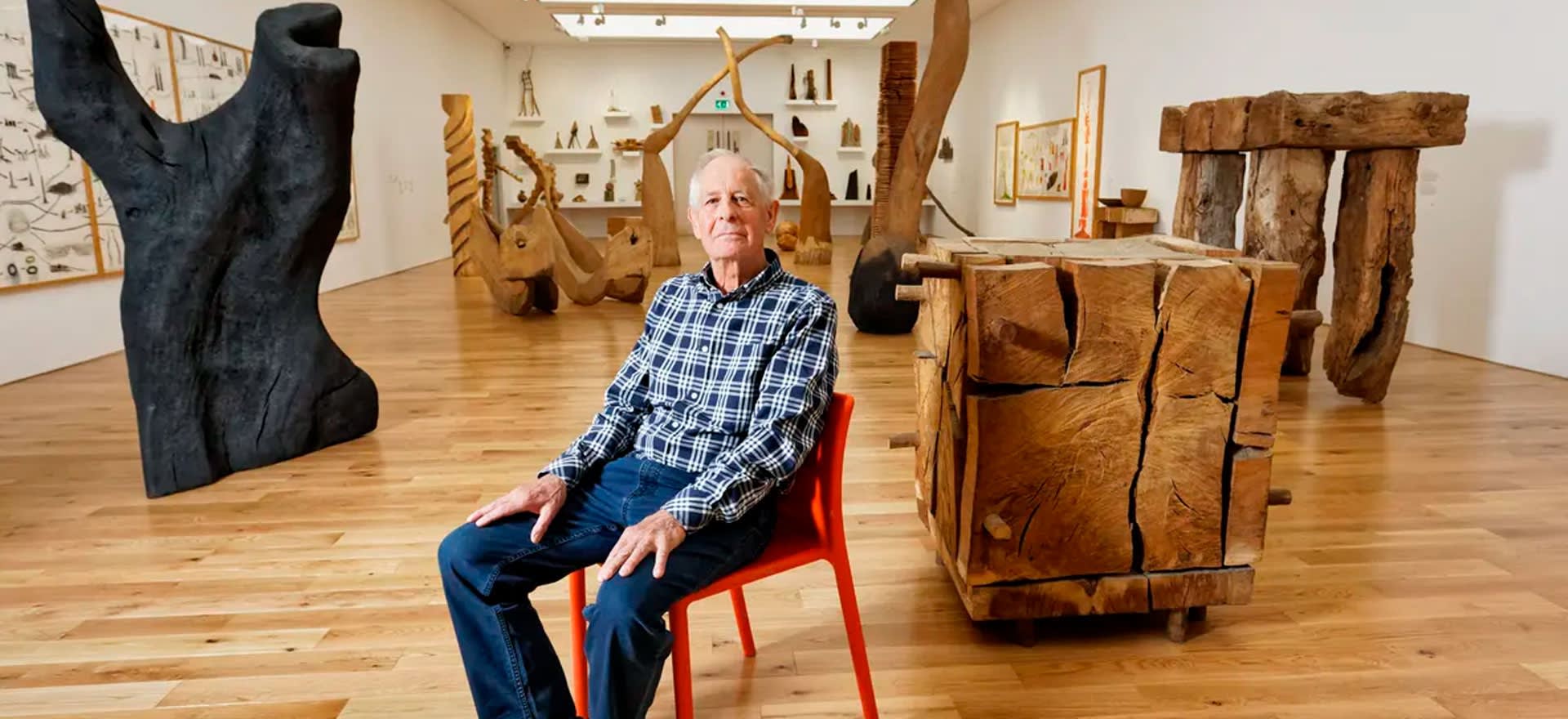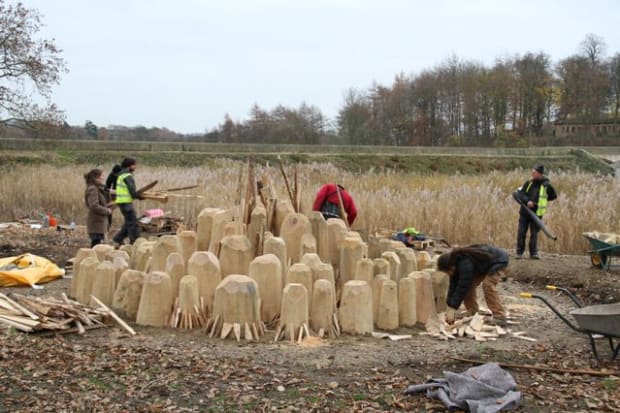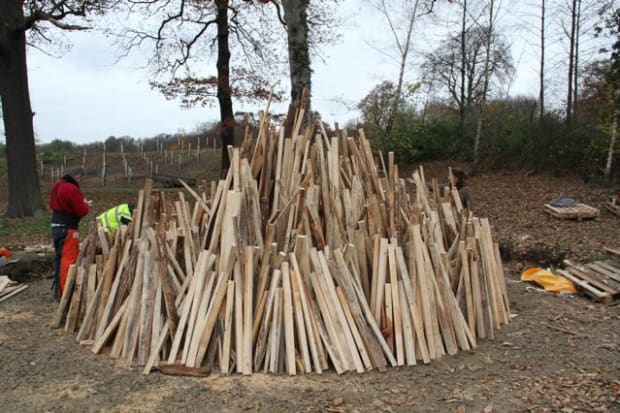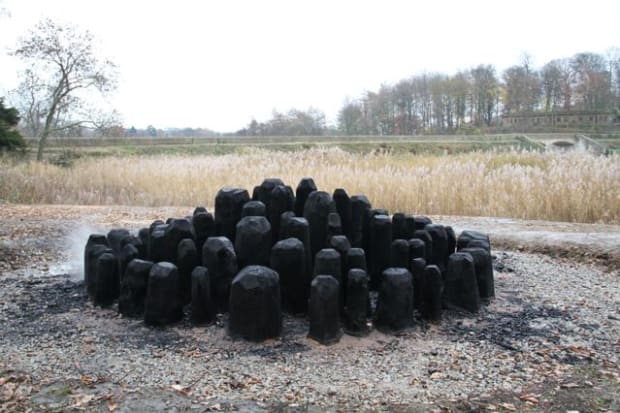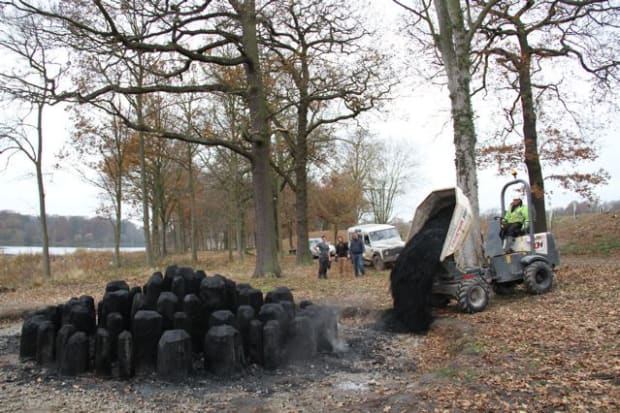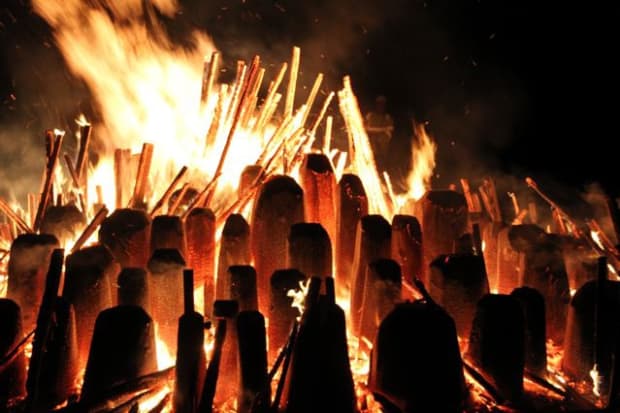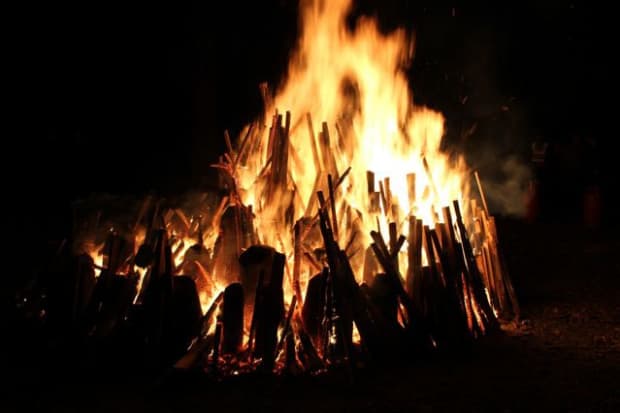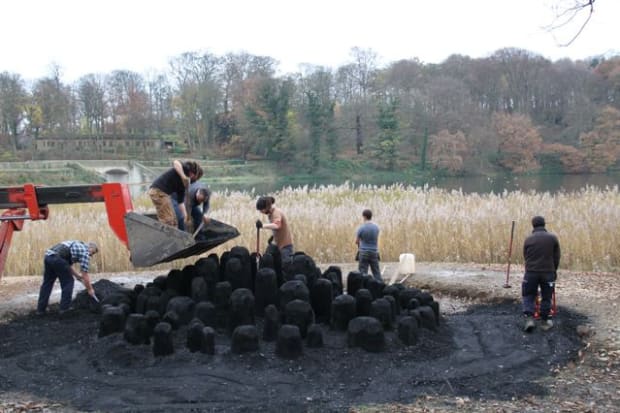-
David Nash
Artist Digest -
Conversations
-

"They were the result of a process and I thought I could work like that. Go with the process. Let the object take care of itself"
Watch David Nash in conversation with Studio International writer Victoria Simpson at Towner Art Gallery. They discuss the evolution of his process, the importance of dialogue with materials and the need for his work to communicate the spirit and materials of its place.
-

"Wood just suits me, I’m a Saxon!"
David Nash interviewed by Martin Gayford on making art in the outdoors.
-
-
Works
-
Critic's Corner
-

"Nash’s work embraces an ephemerality that conditions its opposing claims to permanence."
-
-



